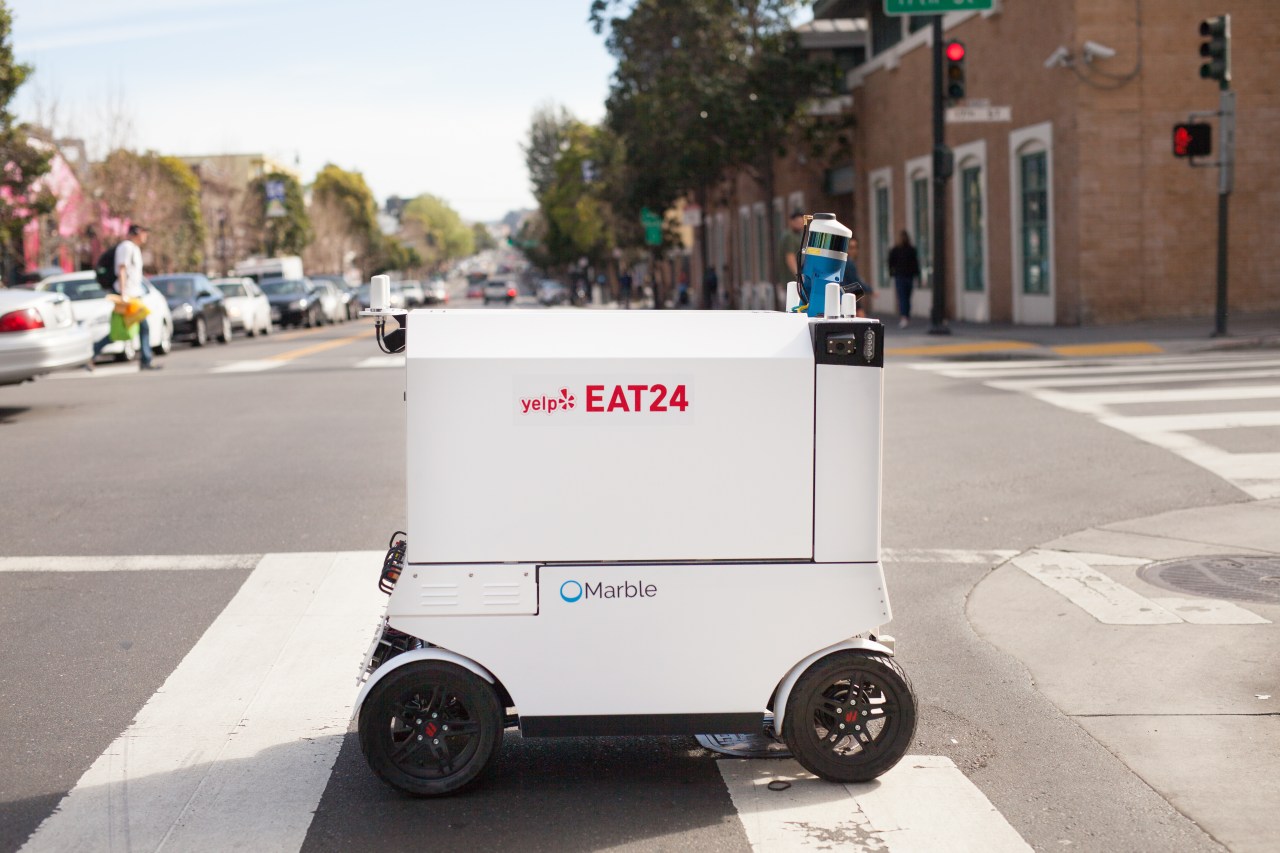As technology advances at lightning speed, the landscape of delivery services is evolving dramatically. Robotic delivery is one such innovation that promises to redefine the way we think about logistics. However, as seen recently in San Francisco, the road to widespread adoption isn’t without bumps. In December 2017, the city’s Board of Supervisors took a decisive step towards regulating delivery robots, raising pertinent questions about the future of this burgeoning industry.
The New Regulatory Environment
The San Francisco Board of Supervisors voted 5 to 1 in favor of imposing stringent regulations on delivery robots, a decision that has left many startups on shaky ground. Initially, there was talk of an outright ban, but the resolution that passed still imposes severe limitations. Under the new regulations, companies are restricted to a mere three robots each, capped at a total of nine city-wide. This raises two important points:
- Operational Capacity: Setting such strict limits effectively curtails the ability of delivery startups to scale their operations and reach potential customers.
- Geographic Restrictions: These robots are confined to low-population industrial zones, which directly contradicts the fundamental purpose of delivery services—to bring goods directly to consumers.
Concerns Over Safety and Urban Space
The most pressing concerns cited by Supervisor Norman Yee, who championed the restrictions, center around pedestrian safety. Yee expressed a vision of future streets overwhelmed by robotic delivery services, where navigating sidewalks could become impossible for residents, especially vulnerable populations like the elderly and children. As Yee succinctly put it, “I don’t want to let things get out of hand again.” This cautious approach reflects a broader dilemma faced by cities grappling with the dual-edged sword of technological progress and public welfare.
Comparative Landscape: Other States Making A Move
Interestingly, while San Francisco took a restrictive approach, states like Virginia and Idaho have paved the way for a more welcoming environment for robotic delivery services. With supportive legislation that allows delivery bots to operate statewide, these locales may soon be home to companies looking to escape the rigid restrictions of California’s tech hub. This disparity highlights the delicate balance between innovation and regulation and poses questions about what other cities might learn from San Francisco’s decisions.
Impact on Startups: A Fork in the Road
The ramifications of these regulations are profound for startups that had been eagerly testing their delivery solutions in San Francisco. Those companies are now faced with the prospect of either complying with a restrictive framework or potentially seeking more accommodating environments elsewhere. The high-profile appearances of delivery robots—from partnerships with food services like Yelp Eat24 to other commercial ventures—could become rare if these restrictions don’t ease in the future. This shift could lead to a significant loss of momentum and innovation in the sector.
Conclusion
San Francisco’s recent move to regulate delivery robots serves as a case study in how cities can influence the trajectory of technological advancements. With innovation often clashing against the need for public safety, a careful balance must be found to foster an environment that promotes growth while addressing legitimate concerns. As cities around the world begin to embrace or resist robotic delivery, the impending choices could shape the future of last-mile logistics—potentially setting the stage for a new era in delivery services.
At fxis.ai, we believe that such advancements are crucial for the future of AI, as they enable more comprehensive and effective solutions. Our team is continually exploring new methodologies to push the envelope in artificial intelligence, ensuring that our clients benefit from the latest technological innovations. For more insights, updates, or to collaborate on AI development projects, stay connected with fxis.ai.

